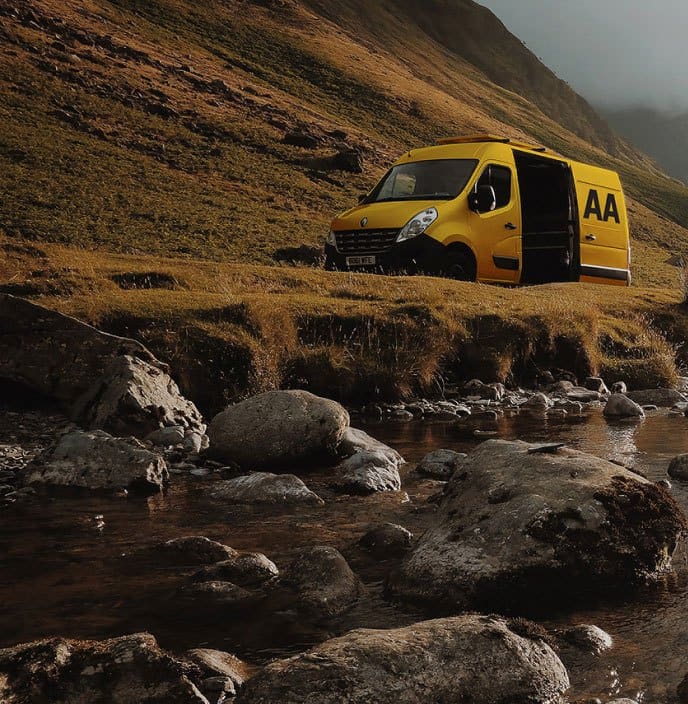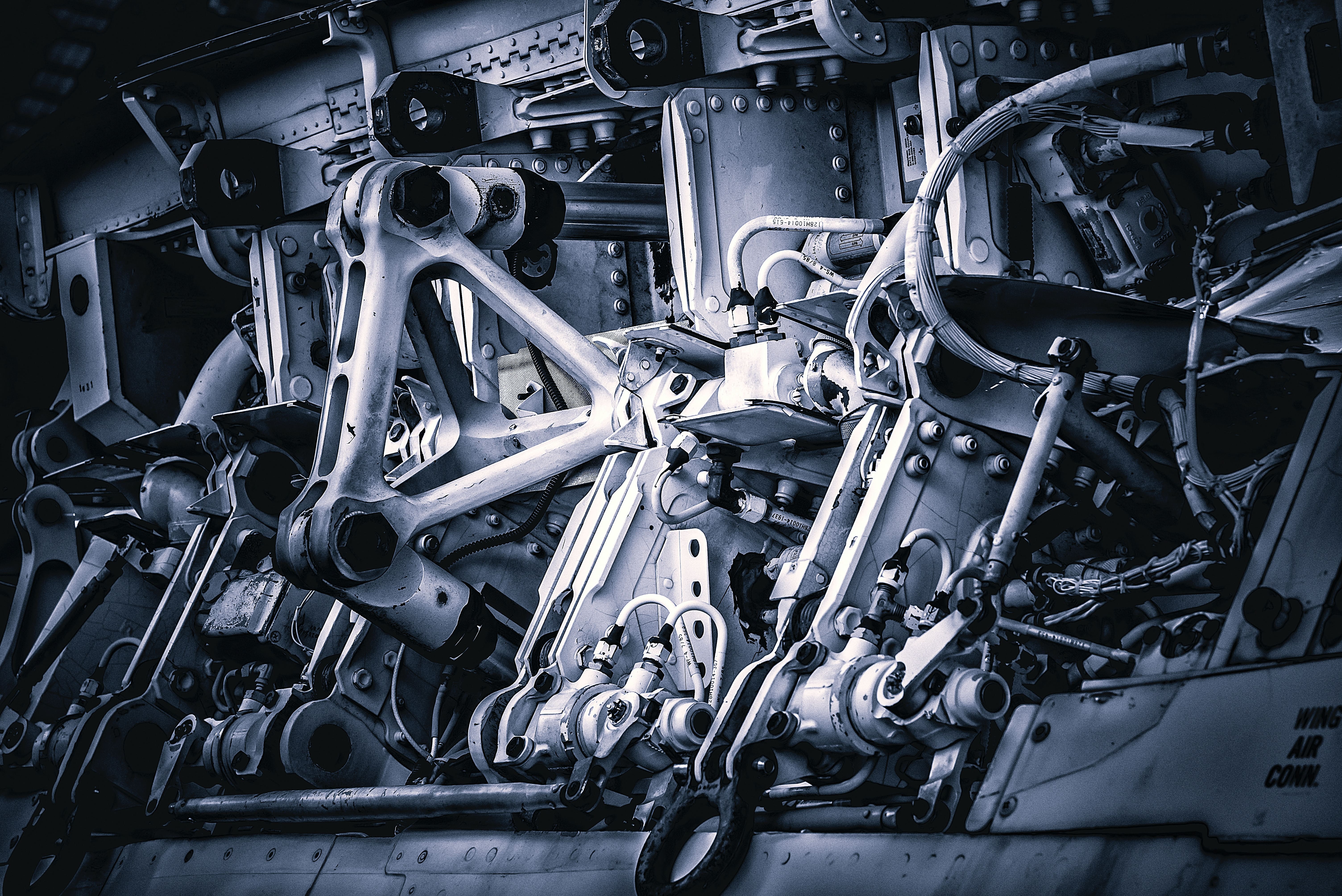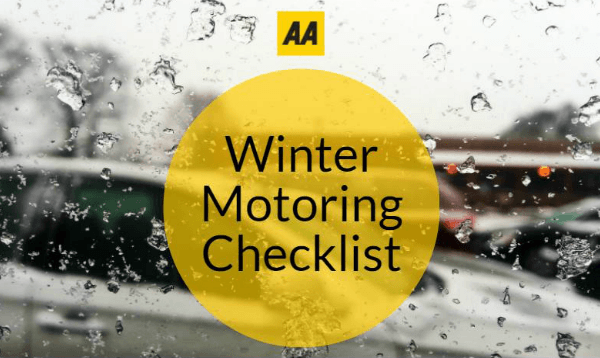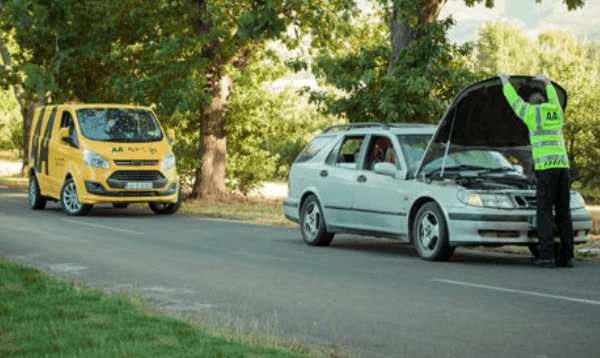The AA Mobile Car Servicing has reveals that worn brake pads are the single most common fault detected by its car servicing technicians.
“Brake components that are badly worn, may not provide the level of control needed for safe winter driving,” says Stuart O’ Toole, AA Car Servicing Technician. “Slick roads can magnify brake system problems, so it’s important to have brakes inspected at least annually during your car service.”
Warning Signs
Often the first sign of worn brakes is a brake pedal that seems to require more pressure to stop the vehicle. Scraping, squeaking or chirping noises that come from the wheels when the brakes are applied are other signs of potentially excessive brake wear. A car that pulls to the left or right when the brakes are applied also could mean trouble.
Motorists should not wait until the brake warning light in their vehicle illuminates to have their brakes inspected advises AA Ireland.
Brake for Careful Inspection, Maintenance
Because brakes cannot be thoroughly inspected without removing the wheels, motorists should specifically ask for an annual brake inspection when taking their vehicle in for a service advises the AA, something which AA Technicians automatically do during a full AA Car Service. The braking components that a certified technician should inspect include:
Master Cylinder – The brake fluid reservoir should be checked periodically to ensure proper fluid levels.
Brake Lines – Steel brake tubing running from the master cylinder to all four wheels should be inspected for leaks caused by damage or rust.
Brake Hoses – Rubber brake hoses running from the brake lines to the brake calipers and wheel cylinders should be inspected for wearing or cracking.
Lining and Pads – Brake components that create friction and dissipate heat should be checked for uneven or excessive wear. Glazing or contamination from leaking brake fluid or grease seals are other potential problems.
Parking Brake -The parking brake operation should be checked and adjusted if necessary.
Having the brake fluid flushed is an important maintenance item that many drivers overlook. Brake fluid absorbs water that collects at low points in the hydraulic system where it can cause rust, fluid leaks and, if not prevented, brake failure. On vehicles with antilock brakes, moisture in the brake fluid also can damage expensive electro-hydraulic control units. For this reason, most manufacturers recommend that the brake system be flushed and new fluid installed every two to three years advises the AA.
Save Your Brakes, and Money, with Good Driving Habits
The same friction that brakes use to stop a vehicle causes brake components to wear out and need replacement. However, good driving habits can make brakes last longer and reduce repair expenses.
“When stopping, slow the vehicle gradually instead of suddenly. It’s also a good idea not to “ride” the brakes on steep hills. Dropping down your gears can help slow the car and limit the amount of braking that is needed.” Says Noel Keogh, Head of AA Rescue.
Further advice on winter maintenance and driving techniques:
AA Ireland has launched a new and improved ‘Winter Advice Zone’ on their website. Motorists looking for a full winter maintenance check list, general advice on coping with winter hazards and more useful tips can visit the zone at www.aaireland.ie/wintertips
End




AA Car Servicing









